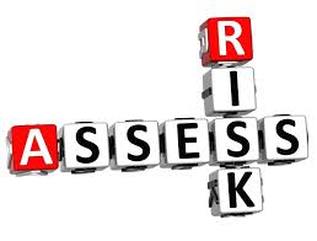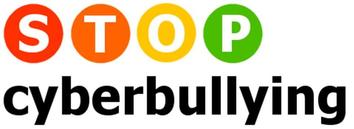While it may feel like things slow down during the ‘silly season’, thanks to the interruption of various team members using their annual leave, recent research reveals that employees may not be tuning out as much as they should and it could potentially be very bad for business.
The survey conducted by Regus found that, instead of resting 39 percent of employees continue to work up to three hours a day while on holiday. Perhaps this shouldn’t come as such a surprise. Advances in technology, in the way we are constantly tuned into our work through our mobile phones, along with a hangover from the downturn with staff keen to justify their roles, have made working while on holiday, or at least checking emails, fairly standard practice. While at first glance this might seem like a coup for employers, the reality is that in the long run it may cost you.
Here are some examples:
1.Staff Burnout
Even the best of us need a break every now and then. If your workers are unable to switch off and relax, then it’s unlikely they’ll reap the energising benefits of being on holiday. Instead of coming back fired up and ready to work, they tend to be less motivated and more easily distracted. In 2007 Business Week reported that ‘vacation deprivation increases mistakes and resentment at co-workers.’ Ultimately, this translates as a drop in productivity.
2.Increased Sick Leave
Stress related illnesses are among the leading causes of employee absenteeism in Ireland and the UK. Figures from the Office for National Statistics revealed that 30 million employees in the UK took time off work with stress, anxiety or depression in 2013. Workers who don’t take a break can eventually make themselves ill.
It’s not just mental either. In America a study conducted by the State University of New York of 13,000 middle-aged men at risk of heart disease showed that those who went without a vacation for five consecutive years were 30 percent more likely to suffer a heart attack.
Whether it’s short or long term that means further disruption to your business, which may impact on its profitability.
- Legal Risks
Additionally, under common law, if it is believed that you as the employer failed to take reasonable care for the health and safety of such an employee, they may have grounds to bring a personal injury claim against you.
What Can You Do
Regardless for an employee’s reasons for working while on holiday or choosing not to take time off at all, you as an employer must take action to encourage it as much as possible. Here are some measures you can take to foster a culture where staff switch off when on holiday:
- Communicate the Company Holiday Policy
- Lead by Example
If you want to instil a culture where staff feel comfortable taking holiday then you need to show that you too are happy to leave the office behind, even if it’s just for a few days.
- Manage Workloads
Be reasonable in your expectations when distributing work to your employees. Regular management meetings and one-to-ones (where possible) with workers helps establish an open dialogue, where employees feel valued and employers can gauge their capacity. Establish a process for handing over ongoing work when an employee is scheduled to go on holiday so that is shared out equally and all employees, particularly those taking leave, are confident it will be managed effectively.
For more helpful HR tips and advice, CLICK HERE to sign up to our monthly newsletter.
David Bell is Managing Director of The HR Department, outsourced human resources specialists for Irish SMEs.




 RSS Feed
RSS Feed